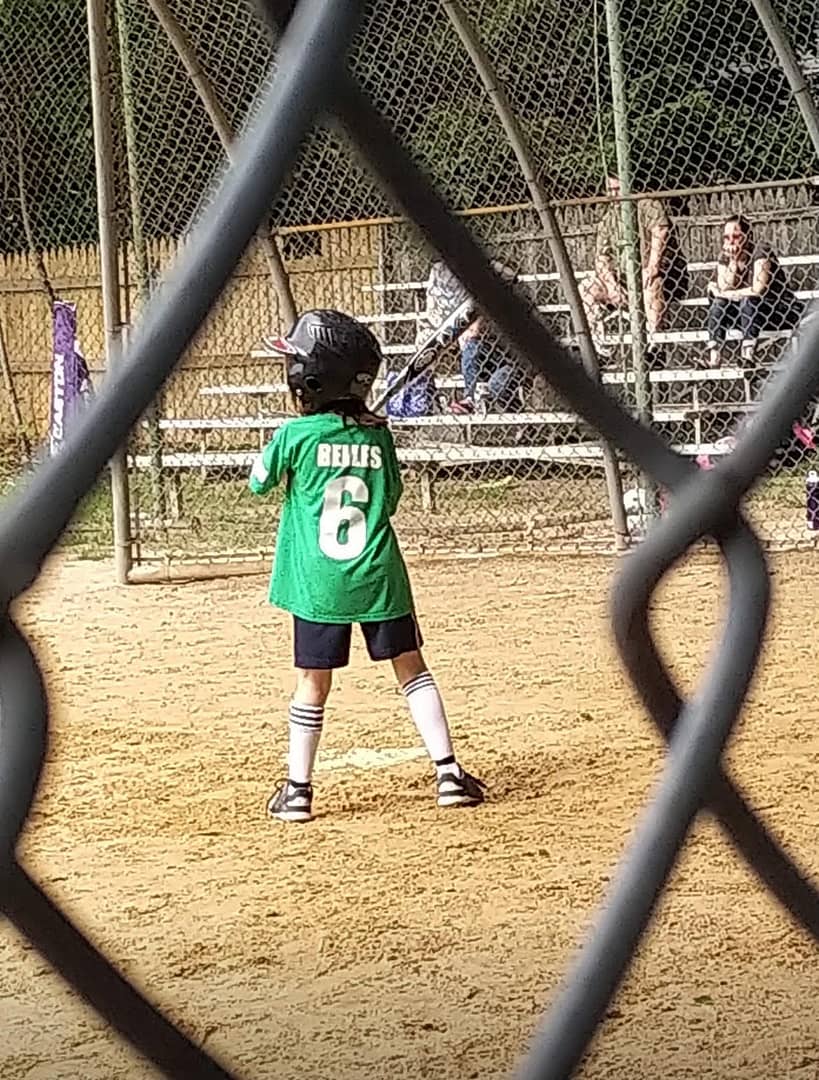According to the National Council of Youth Sports, around 60 million youth athletes in the United States are registered participants in sports. Youth sports are important for several reasons: improving mental health, encouraging healthy communication skills, and promoting physical activity. Furthermore, if monitored properly, competition can catalyze positive athletic skills leading to success as many individuals choose to play professionally in the future. Athletes gain crucial life experiences where they learn to set goals and work together, especially in team sports such as basketball, soccer, and volleyball. Even losses are beneficial in sports, since they build and strengthen emotional resilience, teaching youth to respond to setbacks and challenges. Moreover, each team is unique and consists of individuals from various backgrounds and ages. Thus, team members will meet new people and form new connections with other athletes they may have never spoken to or met. As athletes become more skilled and play more competitively, their sport will consume more time, teaching them to balance their time with other commitments such as school or extracurricular activities.
Yet, as generations pass, youth sports become more intense and competitive. According to studies by the National Alliance for Youth Sports (NAYS), over 70 percent of kids quit playing sports before 13. The low retention rate in sports, especially among young athletes is due to causes including burnout, injuries, or lack of motivation. Signs of burnout may include sleep problems, fatigue, and muscle pain. Furthermore, overtraining, which may lead to overuse injuries, can occur if fatigue or mood changes persist, causing decreased performance.
Since youth athletes’ bones are still developing, athletes’ bones are less capable of handling extensive amounts of stress than adults, causing overuse injuries to appear more commonly in youth athletes. If the athlete engages in only one sport, the individual is at a higher risk of injury because of repetitive movements such as pitching, gymnastics, and running. Hence, youth athletes are recommended to rest at least one day a week and take two to three months off from each sport a year. Not only can athletes get physical injuries, but they may also have increased amounts of stress due to unrealistic expectations and an increased focus on winning. Arguably, sports should emphasize creating positive memories and experiences. If the athlete begins to experience a physical or emotional strain due to the intensity of the sport, the sport may negatively impact the child and their mental health.
*Editorials are the opinions of the writers and not the opinions of Wayne Public Schools












